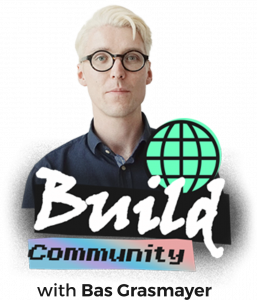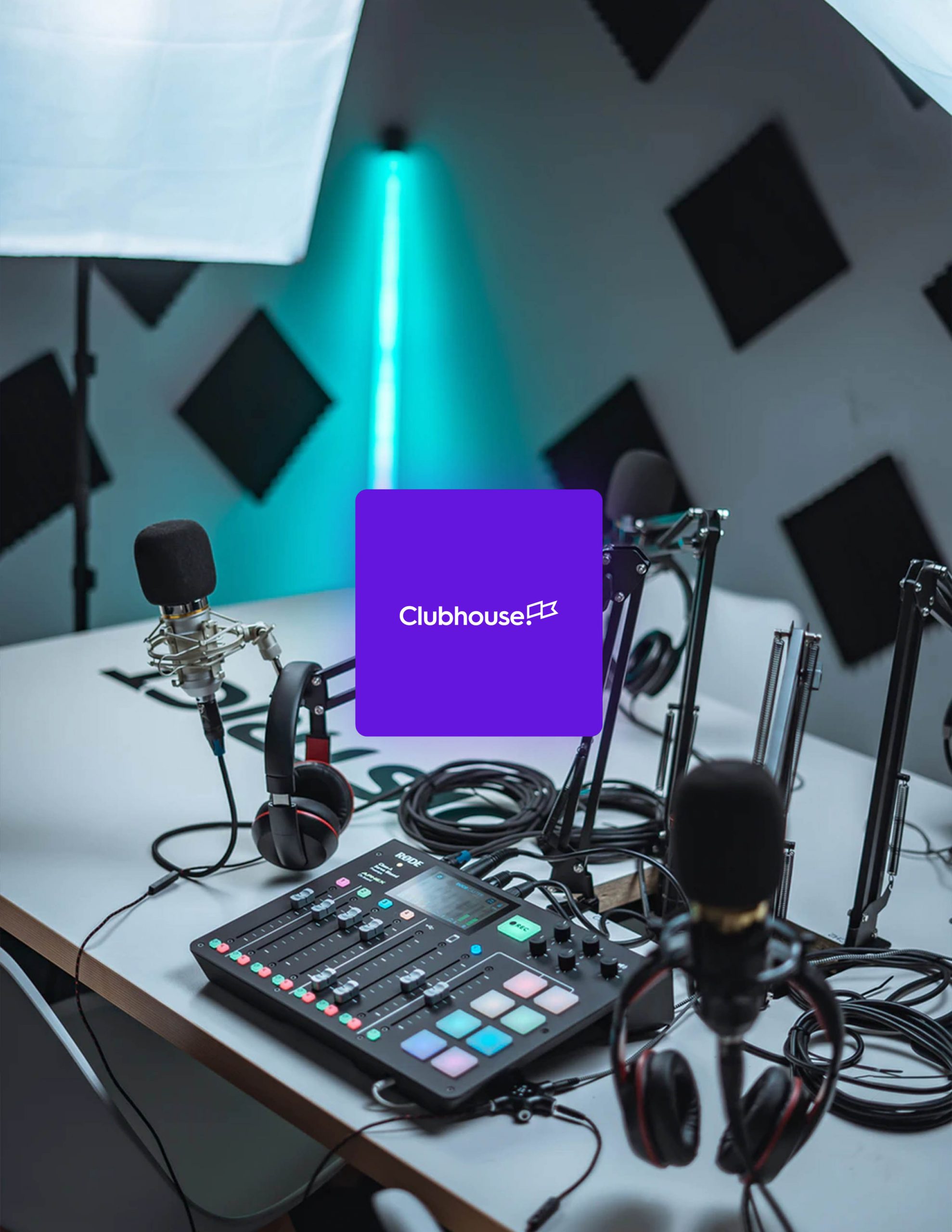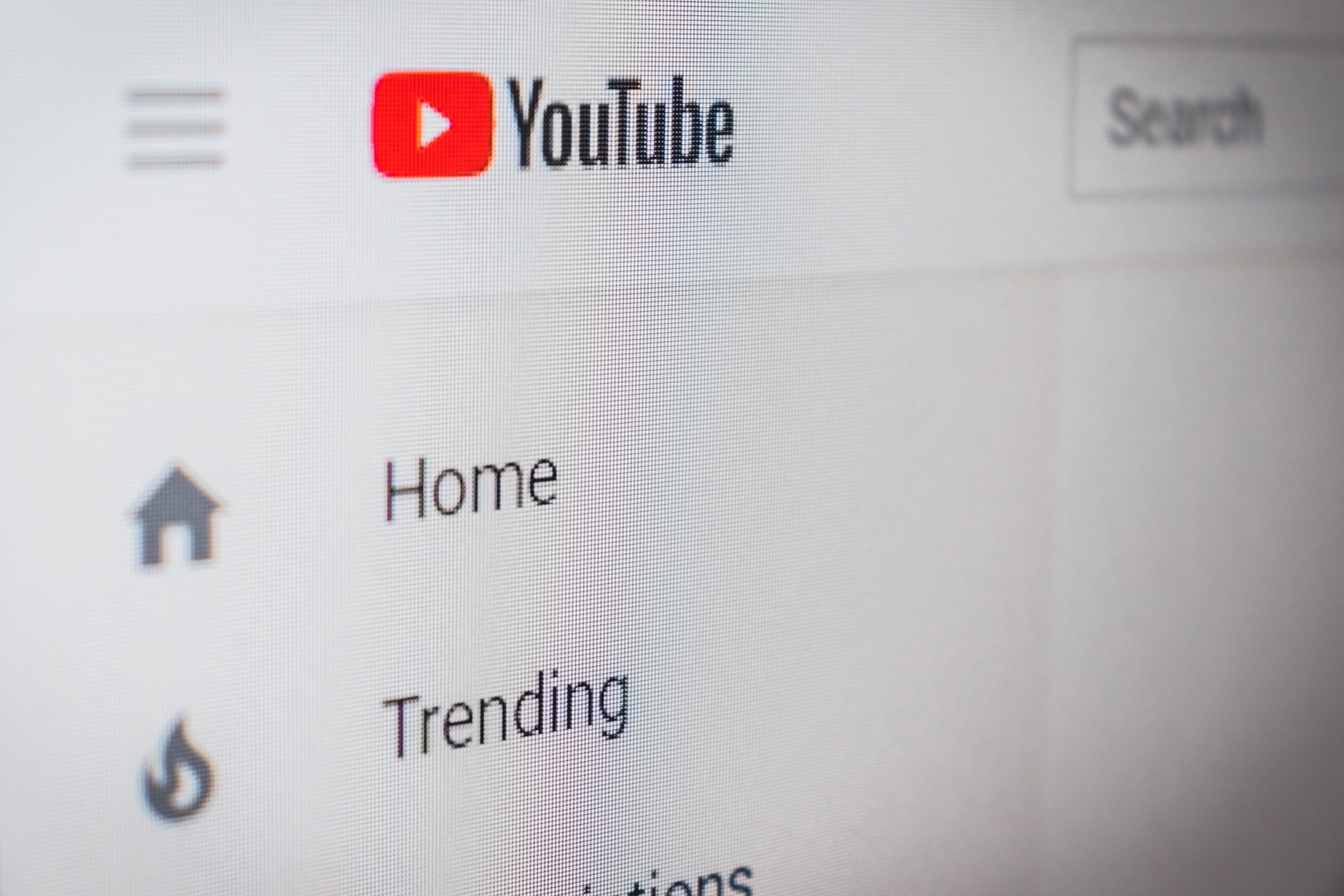Clubhouse strategy for musicians

A social media newcomer called Clubhouse has seen one of the fastest growth curves of any social platform to date. The audio based network has cemented its place in the daily habits of creatives & professionals around the world, at least for as long as lockdowns persist and likely beyond that, as it’s a perfect low-bandwidth medium for on the go.
It has also proven popular for musicians, both in terms of performance as well as networking. While there are plenty of introductions on the web that explain what Clubhouse is, this article explains how to get the most out of Clubhouse, for every musician who already has an invite in hand.
Volume wins
The best way to get noticed on the platform is to speak. This unfortunately creates a ‘loudest wins’ dynamic and situations akin to freestyle or jam sessions where people can get pushy just to get heard.
The rule of thumb to building a following and making connections on Clubhouse is to speak as frequently as possible in relevant rooms.
But before you jump in and start speaking, there are a few things you should know.
Quality matters
Rooms are typically governed by clubs and moderators. Sometimes people are disruptive, speak before their turn, interrupt others, only speak to self-promote, or keep talking while they’ve already made their point. While this doesn’t get you kicked off stage immediately, it will make moderators hesitant to bring you on stage next time. They will remember you.
Aim to deliver value and insight to the conversation. When you have nothing to add, it’s ok to be quiet until you can say something meaningful. Especially men should read that line twice – talking bullshit feels harmless, but it actually removes value and space for others to contribute, so be mindful of your context.
Basically: low quality conversation that interrupts or takes away space is the same as spam on other platforms. If you make a Twitter account where you just tell people twenty times a day to listen to your track, without doing anything else of value: good luck getting followers. It’s the same thing.
Your photo & bio are crucial
Your profile is how people form an impression of you. When moderators decide who to bring on stage, they look at your profile. If you don’t have a Twitter and / or Instagram account attached, no image, or no text in bio, chances are that you won’t be invited to speak.
Spend time on your bio: highlight what you want people to know. Align it with your goals for using the platform. Use emoji as bullet points. Don’t add too much: make people interested through a focused narrative. If they want to learn more about you, they’ll do it through your site or linked profiles.
Set goals
Clubhouse is probably not the best platform for new potential fans to discover you, but it’s an excellent platform for networking, finding support groups, learning about new topics, or helping others.
Your goal is important, because it will help you decide what conversations to seek out or even create as a host. For example, your overall goal as an artist might be to build your audience and find new fans and while that’s hard to do on Clubhouse directly, you can join sessions related to your genre or genres you’re interested in and find people to collaborate with. This way you can create exposure to each other’s audiences.
Follow
Especially when new to the platform, follow liberally. It will give you better rooms to tune into in your main feed, which means more conversations and more chances to connect to other people. As on other platforms, people often check new follower notifications, so if your bio is optimized it may lead to a follow-back.
Join rooms that are interesting. Tap through the speaker profiles. Tap through the bios of people followed by the speakers. Tap through the rest of the audience. Follow whoever’s interesting to you.
Check your new followers
One of the most exciting things about new social media platforms is that everyone is an early adopter. This means they’re keeping an eye out for what’s next. Be sure to keep a close eye on who’s following you and follow anyone back that may be interesting. Following each other is the first step to deepening your connection. When you’re in a room together, it’s always nice to have someone familiar to talk to, even if they’re in the audience and not on stage.
Consistency creates community
People have certain patterns around the app. Try to log on at the same times and days consistently. You’re more likely to see people you know and have recurring conversations with people. Ultimately, you’ll become part of a community that transcends any specific room or club, so you’ll bump into familiar people all the time. It’s the same with video games.
This means not only do you get warm greetings when you go on stage, but when you’re off-stage, your name will appear near the top of the room, where it shows who speakers are following.
Convert out of Clubhouse
Unfortunately you’re practically only visible on Clubhouse when you’re online. So to build lasting connections, make sure people have a reason to tap through to your Instagram or Twitter profiles and follow you there. That also means those profiles have to look compelling when people land there. If you ever get tired of Clubhouse, you won’t lose touch with all the people you got to know on there. This goes the other way around too: make sure to extend who you follow beyond Clubhouse.
Most importantly…
It’s a cliché, but have fun. Clubhouse is an interesting platform on which it’s easy to strike up conversations with amazing people. That effect will be amplified when the currently iOS-only platform also opens up to Android users. It’s easy to burn yourself out, so make sure to enjoy yourself and take a break if you’re not feeling it. After all, if you’ve been following the steps outlined above, you won’t be losing touch with the people you got to know on Clubhouse.
Photo by Harry Cunningham on Unsplash






